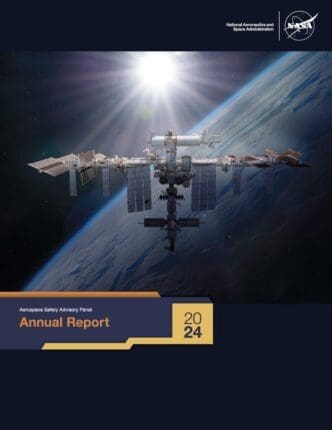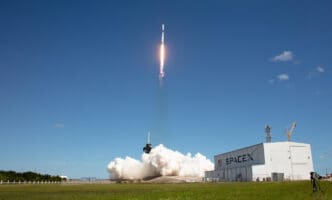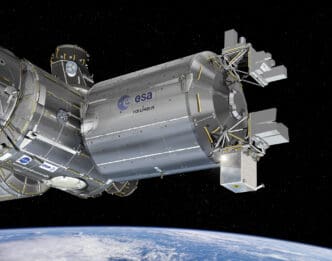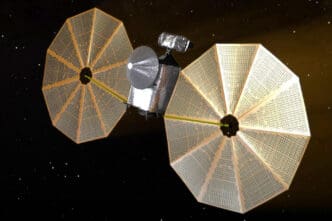The 2024 annual report from NASA’s Aerospace Safety Advisory Panel (ASAP) gives us a glimpse into the workings of one of the world’s leading space agencies. With a focus on NASA’s safety performance, the report highlights achievements and areas that need attention. It’s a revealing look at how NASA navigates challenges in space exploration.
As NASA continues its complex missions, safety remains a priority. The report examines how the agency manages risks in human space exploration amidst growing space commercialization. From the Moon to Mars initiative to the future of U.S. presence in low Earth orbit, this report offers a comprehensive overview of NASA’s strategic vision.
The Strategic Vision of NASA
The ASAP report underscores NASA’s commitment to addressing past recommendations. The agency’s focus on strategic vision, governance, and program management is clear. Susan J. Helms, the panel’s chair, emphasizes the importance of vision and strategy. She notes, “The safe execution of NASA’s national mission is crucial.”
The panel takes note of NASA’s progress with its strategic objectives as outlined in the NASA 2040 initiative. This initiative aims to align the agency’s operations with its long-standing vision. As NASA faces new challenges with increased space commercialization, the importance of a clear strategic path becomes more evident.
Moon to Mars Management
NASA’s Moon to Mars Program Office, established in 2023, is a key part of the report. The office focuses on integrating safety into the Artemis campaign, ensuring that risk management remains a priority.
Safety assessments for Moon to Mars missions are diligently highlighted in the report. The panel discusses how NASA plans to manage risks as it aims to secure future low Earth orbit and lunar destinations.
Overall, NASA’s approach to its Moon to Mars objectives reflects a careful balance of ambition and caution, as it ventures into uncharted territories of space exploration.
Health and Safety in Space
Human health risks in space exploration are increasingly critical topics in this year’s report. NASA’s efforts to understand and mitigate these risks are ongoing. The panel emphasizes the need for continued research in space medicine.
Budget constraints pose challenges to ensuring safety in space. NASA must balance financial limitations with the necessity of protecting astronauts.
The report suggests further exploration into the impacts of prolonged space travel on human health. This insight could shape future missions and reinforce safety protocols for astronauts.
The Role of Private Sector Partnerships
NASA’s relationship with private sector partners is evolving. The report identifies this collaboration as vital to NASA’s future.
Partnerships require NASA to reassess its role and responsibilities. The panel advises the agency to enhance its strategic alliances as space commercialization advances.
The mixing of private sector innovation with NASA’s experience in space exploration could yield significant benefits for all parties involved.
Addressing Budget and Safety Concerns
Financial uncertainty is one of the major hurdles NASA faces. The panel highlights the impact of budget constraints on safety and mission planning.
The report advises NASA to navigate these financial challenges with smart, proactive measures. Prioritizing safety in budget planning can help mitigate risks even when resources are limited.
Historical Context and Current Challenges
The Aerospace Safety Advisory Panel, formed in 1968, has been guiding NASA’s safety protocols since the Apollo 1 tragedy.
This historical perspective informs many of the panel’s current recommendations. The lessons learned are crucial as the space agency tackles new challenges.
The importance of historical insight remains essential as NASA moves forward with innovative projects and collaborations.
Quarterly Meetings and Observations
The report is based on quarterly meetings and direct observations of NASA’s operations. These interactions provide the panel with a comprehensive understanding of current challenges.
NASA’s decision-making processes are thoroughly examined throughout the year. This ongoing scrutiny ensures the agency remains aligned with its safety and strategic goals.
Public and Panel Discussions
Discussions with NASA employees, management, and contractors are invaluable to the panel’s report.
These dialogues foster a collaborative environment where feedback informs recommendations. The panel’s engagement with various stakeholders is an asset to its advisory role.
By integrating diverse perspectives, the panel enhances the depth and relevance of its findings.
Recommendations for the Future
The panel outlines key actions for NASA to take. Continued attention to risk management and safety culture is advised.
The report encourages NASA to anticipate future challenges and adapt its strategies accordingly. Flexibility in approach is viewed as essential for success.
Safety and strategic planning are at the heart of NASA’s operations, as outlined in the 2024 ASAP report. While challenges persist, the agency’s commitment to addressing them positions it well for future success.







